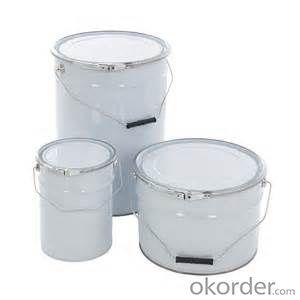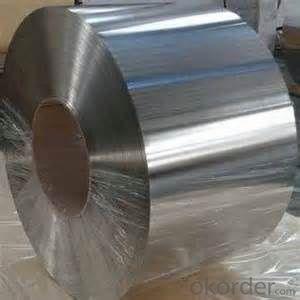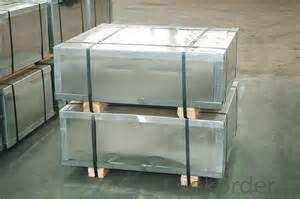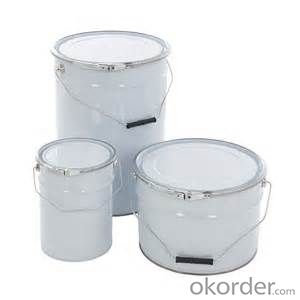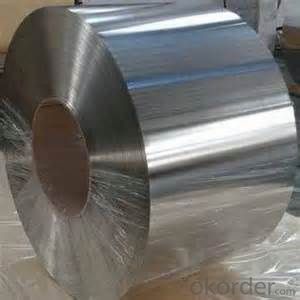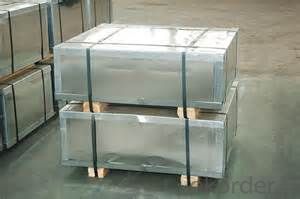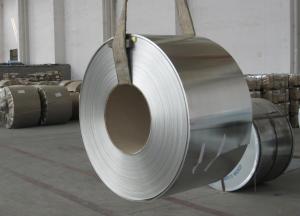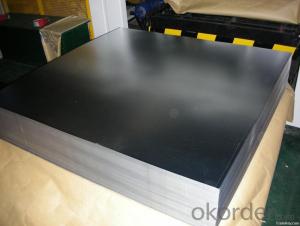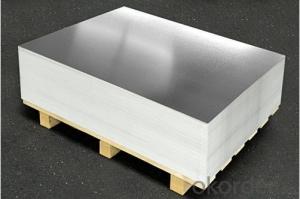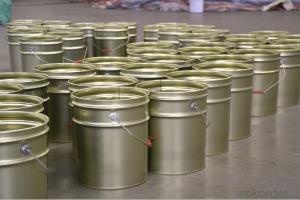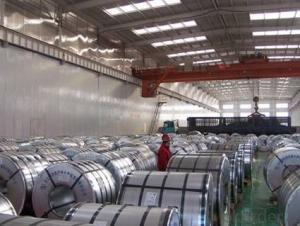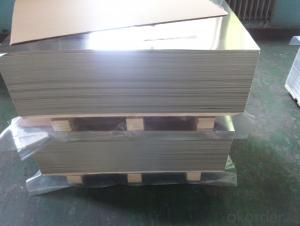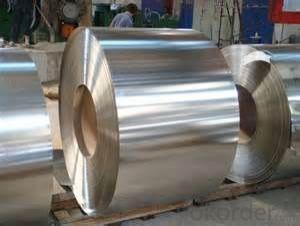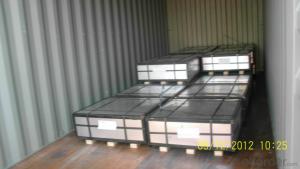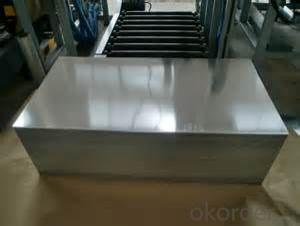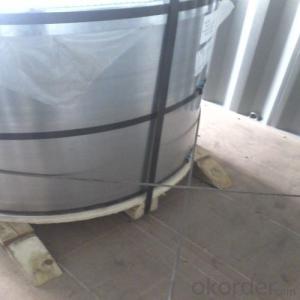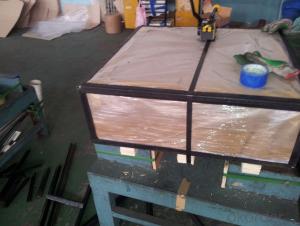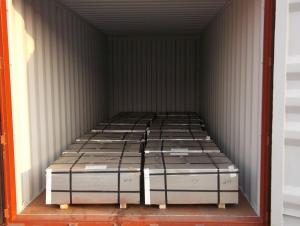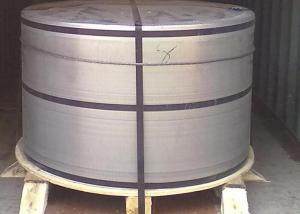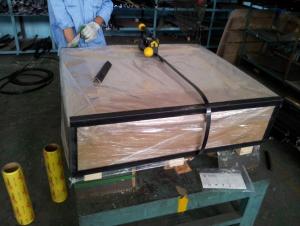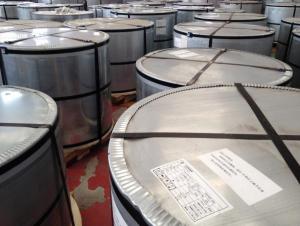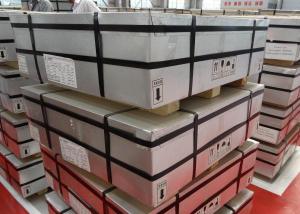High Quality of Tinplate for Paint Container Can
- Loading Port:
- China Main Port
- Payment Terms:
- TT OR LC
- Min Order Qty:
- -
- Supply Capability:
- -
OKorder Service Pledge
OKorder Financial Service
You Might Also Like
Our tin plate (TP) products are made by coating tin using electrolysis on the surface of thin coldrolled steel sheet (black plates), with a thickness of 0.14~0.6 mm. Its shiny surface finish, superb corrosion resistance and formability make tin plates an ideal choice for the food industry and industrial parts producers. Our tin free steel sheet (ECCS) is widely accepted as a more economical substitute for the tin coated steel. Our TP/TFS products are widely used in the production of 3-piece and 2piece (D&I, DRD) cans as well as can lids and bottoms. Our products serve a variety of purposes, including material for steel EOE, toys, and electronic parts.
Our Tinplates Specification:
Standard: ISO 11949 -1995, GB/T2520-2000,JIS G3303,ASTM A623, BS EN 10202
Material: MR,SPCC
Thickness:0.15mm - 0.50mm
Width: 600mm -1150mm
Temper: T1-T5
Annealing: BA & CA
Coil Inner Diameter: 508mm
Weight: 6-10 tons/coil 1~1.7 tons/sheets bundle
Passivation:311
Oil: DOS
Surface: Finish,bright,stone,matte,silver
Packing:
1、For sheets: plastic or waterproof paper, metallic cover and angles, steel strips,wooden pallet.
2、For Coils: plastic or waterproof paper,plastic protect plate,steel strips.
Both Prime and Second Quality Are Available!!!
- Q: What is tin plate?
- Tinplate is classified according to thickness and tinning. Generally speaking, in order to save costs, the current industrial production will reduce the iron thickness and tin content while guaranteeing the reliable strength of the package. One is to use less or even no tin tin (chrome iron), by 50s the development of hot dip tin plating tin to the present, China has not see the hot dip in the use of tinplate cans.
- Q: What are the common packaging formats for tinplate?
- The common packaging formats for tinplate include cans, containers, tins, and boxes.
- Q: What are the main safety regulations for tinplate production and use?
- The main safety regulations for tinplate production and use include ensuring proper handling and storage of tinplate materials, conducting regular maintenance and inspections of equipment to prevent accidents, implementing proper ventilation systems to control fumes and dust, providing personal protective equipment (PPE) to workers, and following established protocols for waste disposal to minimize environmental hazards. Additionally, tinplate manufacturers and users must comply with occupational health and safety standards, such as providing training programs for employees, promoting safe work practices, and adhering to local and international regulations governing the production and use of tinplate products.
- Q: What are the properties of tinplate?
- Tinplate is a type of steel coated with a thin layer of tin, which gives it several advantageous properties. It is highly corrosion resistant, making it ideal for packaging food and beverages. Tinplate is also malleable, allowing it to be easily formed into various shapes and sizes. It has excellent solderability, enabling tight and secure seals. Additionally, tinplate offers good heat resistance, electrical conductivity, and is lightweight.
- Q: What are the different printing techniques used on tinplate?
- There are several different printing techniques used on tinplate, including lithography, screen printing, and offset printing. Lithography involves creating an image on a flat surface, such as a metal plate, and then transferring that image onto the tinplate. Screen printing involves using a mesh screen to apply ink onto the tinplate in a desired pattern or design. Offset printing involves transferring an image from a plate onto a rubber blanket, and then onto the tinplate. Each technique has its own advantages and is chosen based on factors such as cost, complexity of the design, and desired quality of the print.
- Q: What type of paint is suitable for tinplate?
- Enamel paint is the most suitable type of paint for tinplate due to its durability and ability to adhere well to the metal surface.
- Q: What are the different sizes and shapes of tinplate packaging available?
- There are various sizes and shapes of tinplate packaging available, ranging from small tins suitable for single-use items like mints or lip balm, to larger tins used for storing food or other products. Common shapes include round, rectangular, square, and oval tins. Additionally, there are specialty shapes such as heart-shaped tins or tins with embossed designs. The sizes and shapes of tinplate packaging can be customized to meet specific product requirements.
- Q: Can tinplate be used for packaging electronic components?
- Yes, tinplate can be used for packaging electronic components. Tinplate is a material made from thin sheets of steel coated with a layer of tin, which provides excellent corrosion resistance and electrical conductivity. It is commonly used in the packaging industry for various applications, including packaging electronic components. The tin coating protects the components from moisture and other environmental factors, ensuring their safety and longevity. Additionally, tinplate offers good formability, making it suitable for creating customized packaging shapes to accommodate different electronic components.
- Q: What are the different types of tinplate coatings available?
- There are several different types of tinplate coatings available, including tin-free steel (TFS), electrolytic chromium-coated steel (ECCS), and tin-coated steel. These coatings provide varying levels of protection against corrosion and can be chosen based on specific requirements and applications.
- Q: Can tinplate be used for signage and displays?
- Yes, tinplate can be used for signage and displays. Tinplate is a versatile material that offers excellent durability and can be easily shaped and printed on, making it ideal for creating eye-catching signage and displays.
Send your message to us
High Quality of Tinplate for Paint Container Can
- Loading Port:
- China Main Port
- Payment Terms:
- TT OR LC
- Min Order Qty:
- -
- Supply Capability:
- -
OKorder Service Pledge
OKorder Financial Service
Similar products
Hot products
Hot Searches
Related keywords
